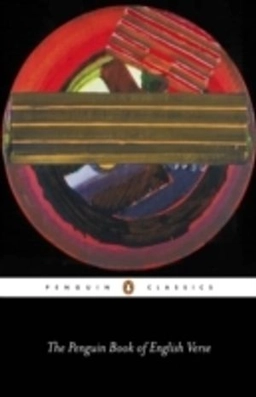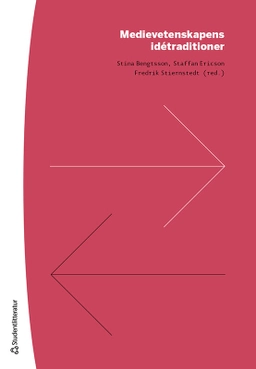

Writing on the Wall: Social Media - The First 2,000 YearsUpplaga 1
- Upplaga: 1a upplagan
- Utgiven: 2014
- ISBN: 9781620402856
- Sidor: 288 st
- Förlag: Bloomsbury USA
- Format: Häftad
- Språk: Engelska
Om boken
Åtkomstkoder och digitalt tilläggsmaterial garanteras inte med begagnade böcker
Mer om Writing on the Wall: Social Media - The First 2,000 Years (2014)
I september 2014 släpptes boken Writing on the Wall: Social Media - The First 2,000 Years skriven av Tom Standage. Det är den 1a upplagan av kursboken. Den är skriven på engelska och består av 288 sidor. Förlaget bakom boken är Bloomsbury USA.
Köp boken Writing on the Wall: Social Media - The First 2,000 Years på Studentapan och spara pengar.
Referera till Writing on the Wall: Social Media - The First 2,000 Years (Upplaga 1)
Harvard
Oxford
APA
Vancouver



















